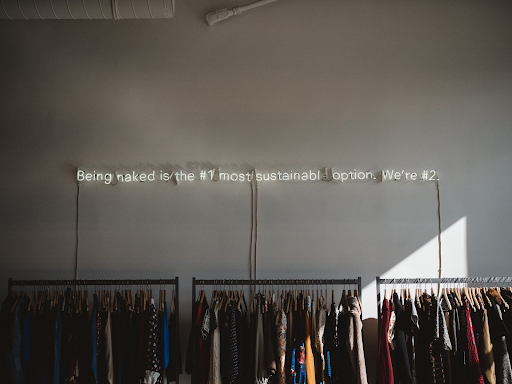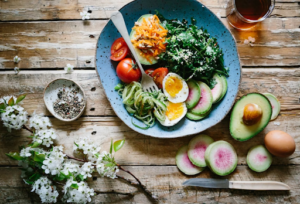Everything You Need to Know for Building an Eco-Friendly Wardrobe

Whether you’re shopping for clothes online, in-store, or some second-hand shopping on apps like Vinted or DePop, you absolutely need to keep sustainability in mind. Sadly, we’re currently living in a world where fast fashion dominates, and the environmental impact of our clothing choices has become increasingly concerning. It’s like people are aware of how harmful textile waste is and how unethical the practices have become, but that $6 dress seems to be more important. It’s just not right, especially with this increase in nano-trends; we’re way past micro-trends, it’s nano-trends now!
But with that said, slowly but surely, more people are understanding that this isn’t right and how damaging it is to the environment. Even when it comes to fashion, there’s this growing movement of opting for clothes that minimize potential harm to the planet. Now, it’s totally fair and understandable that you want to look great. Who doesn’t? But there needs to be a balance, and sustainable brands and working towards an eco-friendly wardrobe could truly be the way. So, with that said, here’s what you need to know!
It’s Always Quality Over Quantity
So this actually might be pretty obvious as this is seen as one of the fundamentals, but you should always have quality over quantity. Would you rather have six pairs of boots that could tear up after a few wears, or would you prefer Alden men’s boots that last for ages?
Your clothes should be an investment, not something that you could just mindlessly buy and dump when it’s no longer needed. With that said, instead of purchasing cheaply made, disposable clothing items that quickly wear out and end up in landfills, invest in high-quality pieces that are built to last.
Embrace Slow Fashion
Basically, this just means staying super far away from trends and instead opting for timeless pieces that never go out of style. You really can’t go wrong when you do that. Invest in versatile basics and wardrobe staples that can be mixed and matched to create a variety of outfits, reducing the need for excessive consumption and waste. Again, basics are where it’s at because these literally never go out of style. If you look at basics from the 1970s versus today, they are exactly the same.
Secondhand Shopping
Not only does buying pre-loved clothing reduce the demand for new production, but it also gives existing garments a new lease on life. However, just keep in mind that buying too much, even from secondhand shops, can be harmful, so be sure you’re consuming within moderation- this is key!
Try and Extend the Life of What You Own
This is something that used to be so common to do before fast fashion became a thing. So, proper care and maintenance can significantly extend the lifespan of your clothing, reducing the need for replacements and minimizing waste. Sometimes, it can be sewing up little holes and nicks; other times, it can be just following the care instructions carefully when washing your clothes.





